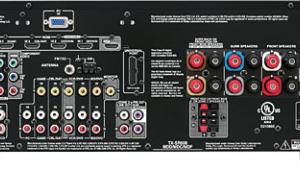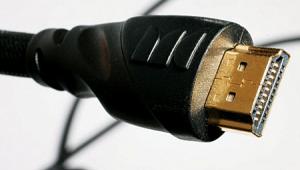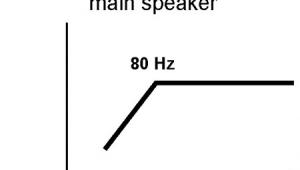The article is very good, very creative once you make reading interesting to observe.
http://resepkue.postbit.com/
http://makananlezat.drupalgardens.com/
http://rajamakanan.over-blog.com/
HDMI 101 Page 2
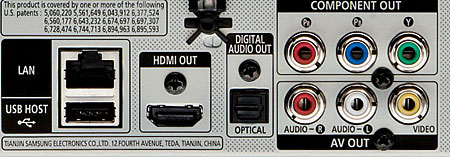
The audio situation is more complicated. Blu-ray Discs can contain movie soundtracks in several possible formats. Regular DTS or Dolby Digital 5.1 work the same as they did on DVD. An S/PDIF cable or any version of HDMI can transmit those lossy codecs without issue. As I mentioned earlier, uncompressed multichannel PCM will also work just fine with any HDMI connection. (S/PDIF doesn’t have enough band- width for that.) Where things get tricky is the usage of the newer audio formats: Dolby Digital Plus, DTS- HD High Resolution Audio, Dolby TrueHD, and DTS-HD Master Audio. Dolby Digital Plus and DTS-HD High Resolution Audio are rarely used on Blu-ray these days, but Dolby TrueHD and DTS-HD Master Audio are very common. All four of these new audio formats have the same transmission limitations. In order to hear the full high-resolution soundtrack, your Blu-ray player must either decode the format internally or transmit its native bitstream to an A/V receiver or surround processor.
Players that decode the advanced audio codecs convert the audio to PCM. The decoded PCM should result in no loss of quality, and it can be output over any HDMI connection. (Some player models may also offer multichannel analog outputs.) In this case, HDMI 1.3 is not needed. Unfortunately, not all Blu-ray players are built with the ability to decode those high- resolution formats in full quality. Some Blu-ray players can only decode standard DTS or Dolby Digital 5.1. And a number of early players decode Dolby TrueHD but not DTS-HD Master Audio. In either case, you’ll need to transmit the codec’s native bitstream and let your A/V receiver or surround processor do the decoding. This will require HDMI 1.3 on both the Blu-ray player and the receiver or surround processor.
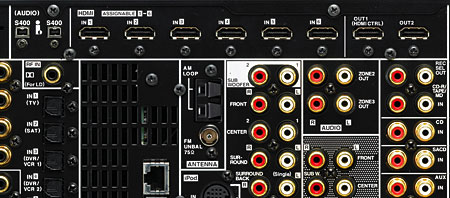
Either decoding to multichannel PCM or passing the native bitstream will give you high-quality lossless sound. The choice between letting the Blu-ray player decode the audio or transmitting the native bitstream will depend on the specifics of your equip- ment. For example, the Sony PlayStation 3 offers no bitstream option for the advanced audio formats, but it will decode them internally to PCM. On the other hand, the Panasonic DMP- BD30 will not decode Dolby TrueHD or DTS-HD Master Audio itself but can transmit their native bitstreams. Secondary audio from commentaries, Bonus View, and BD-Live content complicates this decision even further, as the only way to seamlessly mix disc and secondary audio is to let the player handle the decoding.
Older A/V receivers and surround processors may include HDMI inputs that can accept multichannel PCM but not the newer formats. And some A/V receivers and processors—even a few current models—have HDMI inputs that will not handle any type of audio at all over HDMI. Their HDMI inputs are strictly video. If yours is one of these, the only way you’ll be able to listen to the new high-resolution audio formats is from the player’s multichannel audio outputs to the multichannel analog inputs on your A/V receiver or surround processor. In either of these situations, the player must be able to perform the decoding. Every system will have its own particular needs.
For both video and audio, HDMI 1.3 is useful in some home theater applications, but it’s not necessarily required. If you buy new equipment today, the presence of HDMI 1.3 will help with future-proofing if nothing else. However, with a bit of care, it’s still possible to obtain the highest-quality video and audio available from Blu-ray even with older versions of HDMI.
- Log in or register to post comments

